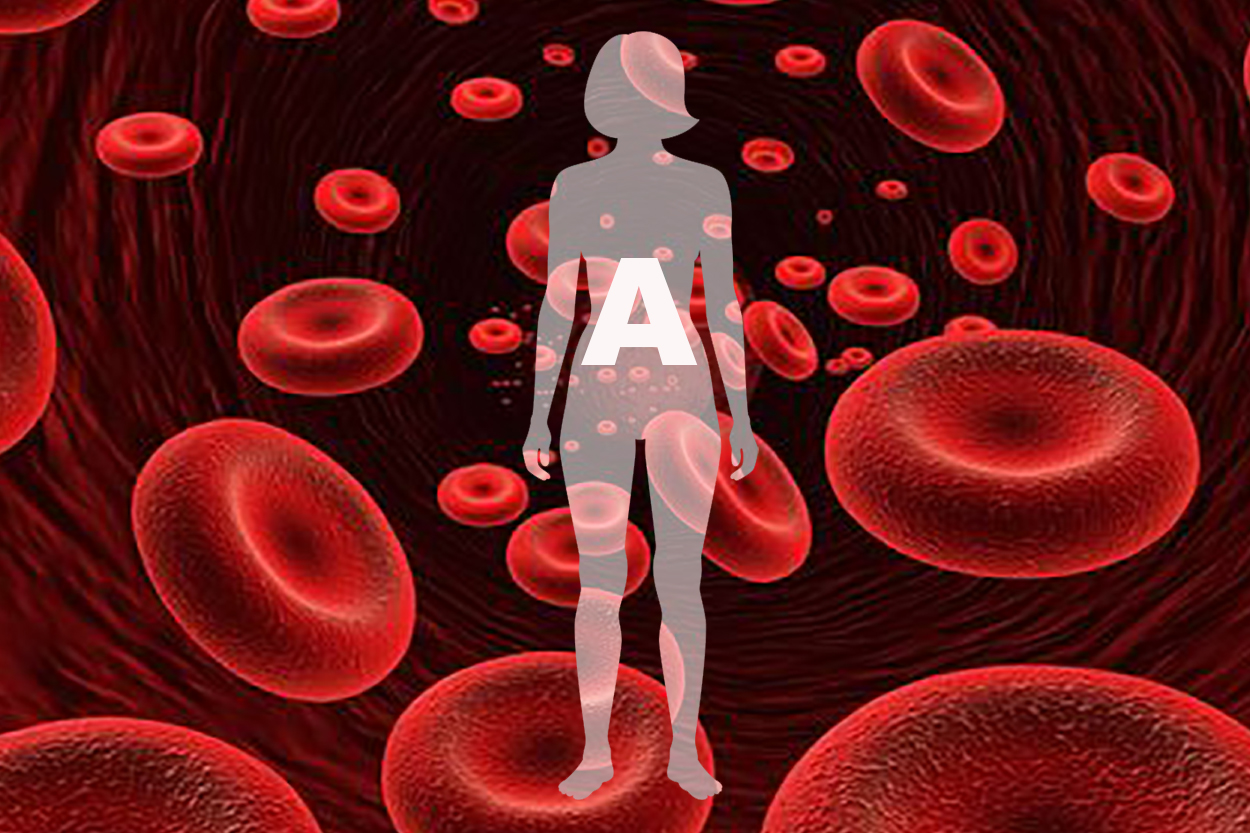Against a background of a rapidly evolving treatment landscape, a contemporary, evidence-based consolidated understanding of mortality in people with congenital hemophilia A (PwcHA) is lacking. This systematic literature review examines the available data on mortality and causes of death in PwcHA to enable a better understanding of fatalities in PwcHA and evaluate the impact of new treatment paradigms on mortality. A systematic literature review of observational studies was conducted by searching Medline, Embase, and clinical trials registries for articles published from January 2010 to March 2020, using the search terms: hemophilia A (HA), mortality, cause of death. Interventional studies, studies not reporting fatalities, and those reporting only on hemophilia B, acquired HA, or mixed other coagulopathies were excluded. Overall, 7818 unique records were identified and 17 were analyzed. Of these, six reported mortality rates and five reported mortality ratios. Mortality generally decreased over time, despite a spike associated with human immunodeficiency virus (HIV)/hepatitis C virus (HCV) infection in the 1980s and 1990s. Mortality was strongly correlated with age and hemophilia severity. People with hemophilia had a raised mortality risk compared with the general population, particularly in severe hemophilia, and when infected with HIV or HCV. Causes of death varied across populations, countries, and time in 15 identified studies; however, incomplete and heterogeneous reporting limits evidence. Hemorrhage, HIV, HCV, and hepatic disease were the leading causes of death. A unified approach to reporting mortality and cause of death is needed to understand mortality in PwcHA as treatments continue to advance.
Site / Data J Thromb Haemost. 2021 Jan;19 Suppl 1(Suppl 1):6-20.doi: 10.1111/jth.15189.
Title: Mortality in congenital hemophilia A – a systematic literature review
Authors: Charles R. M. Hay, Francis Nissen, and Steven W. Pipe



